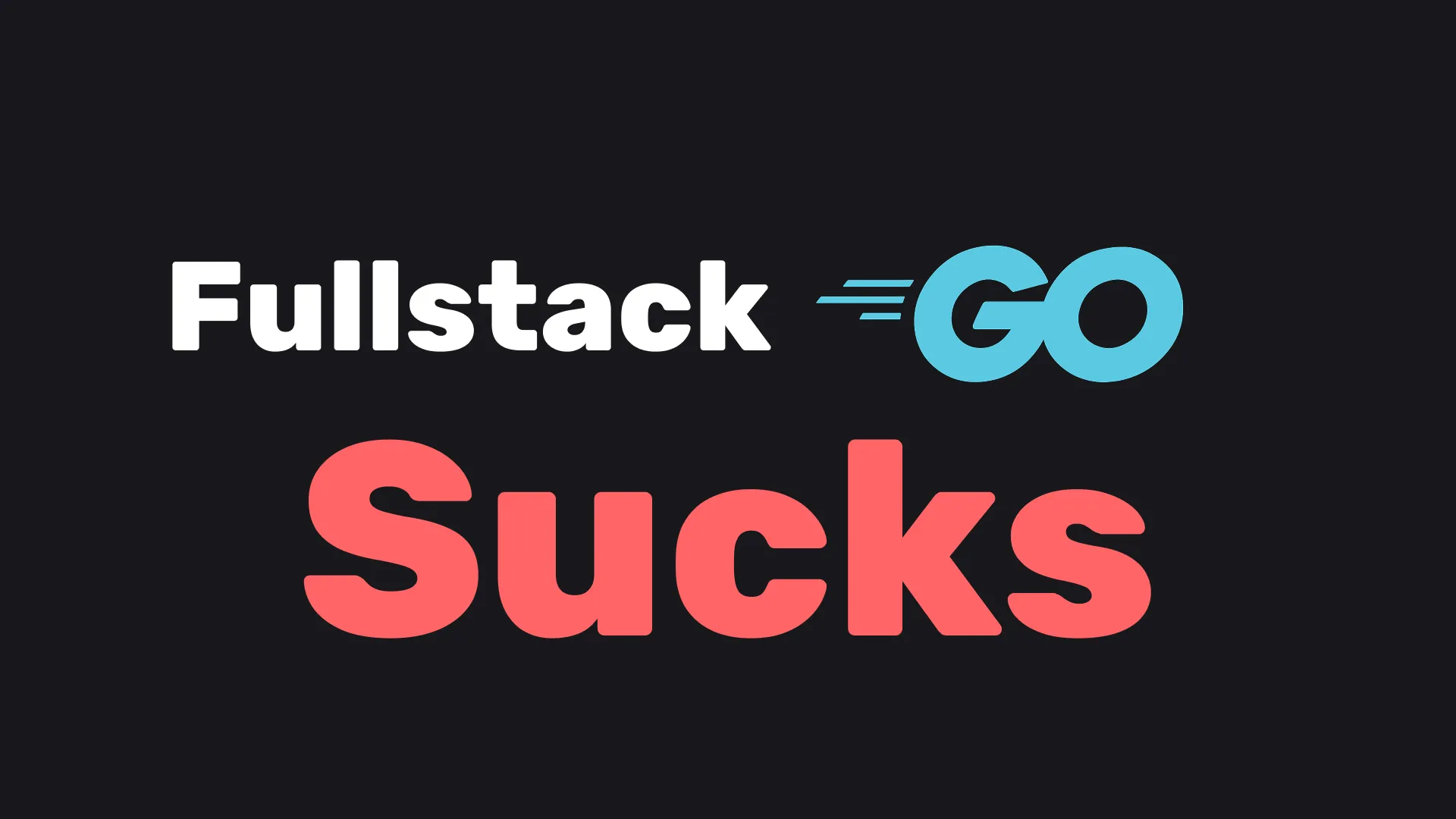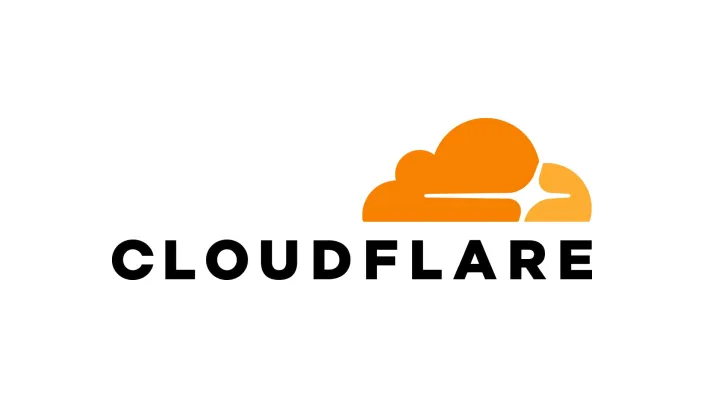-

Programming · 5min Read
Fullstack Go sucks
I started my programming journey by learning the basics of HTML and CSS, creating simple websites with HTML5 elements like video and audio. Eager to build more complex web apps like YouTube or Netflix, I turned to JavaScript and read a book on it, but I still felt lost when it came to creating a full website. I fell into "tutorial hell," watching countless React and Next.js tutorials, thinking I was learning, but I couldn’t start a project on my own. I eventually realized tutorials aren’t meant to teach programming but to guide problem-solving, so I started building my own projects, relying on documentation and Stack Overflow instead. This approach paid off—I created a Netflix clone, learned AWS, and explored system design. I also collaborated on a Twitter clone called GorillaChat using Bun, Drizzle ORM, and HTMX, which reignited my love for new technologies. However, I craved simplicity and found Go, which I loved for its speed and type safety, though I struggled with its limitations for full-stack development, like image optimization and deployment. Frustrated, I tried Astro and was blown away by its performance, ease of use, and features like automatic sitemap generation and image optimization. While I still appreciate Go for backend tasks, Astro has become my go-to for web development, proving that the right tool depends on the job at hand.
-

Cloud, Programming · 5min Read
I love Cloudflare
When I started deploying websites, I used Vercel and loved its ease and speed, but I wanted to learn more and discovered it runs on AWS. I tried AWS directly but found its "free tier" misleading—I ended up with a $50 bill due to unclear pricing and poor documentation. Frustrated, I switched to **Cloudflare Workers**, which offers a truly free tier, edge computing, and great documentation. While it’s not ideal for heavy computation, it’s perfect for lightweight apps, and is perfect for side projects. I highly recommend giving Cloudflare a try!